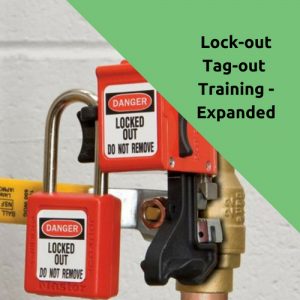Lock-out Tag-out Training Expanded
Keeping everyone safe at work starts with effective lockout/tagout (LOTO) procedures. But simply knowing the steps isn’t enough – employees need hands-on practice and certification to prove they can apply their knowledge in real-world situations.
Here’s how the process works:
- Training kicks off: A qualified trainer, either one-on-one or in a classroom, breaks down the LOTO essentials. From identifying energy sources to applying locks and tags, every step is covered.
- Putting theory into practice: Time to get physical! Under controlled conditions, employees simulate a real LOTO procedure, proving they can apply their knowledge safely and effectively. Pass this test, and you’re officially certified!
- No one hazard left behind: The best training covers all energy types your workplace throws at you. If you’ve got both electrical and pneumatic dangers lurking around, the certification process should reflect that, using equipment that showcases both risks.
- Certification with a twist: When it comes to reviewing certifications, there’s a cool twist. Not only does the original trainer observe, but certified employees can also join the party. This creates a self-sustaining “pay it forward” approach to LOTO safety, where everyone takes an active role in keeping their colleagues safe.
By combining thorough training, hands-on practice, and a dynamic certification process, you can build a workplace where LOTO isn’t just a procedure, it’s a safety culture everyone champions. And that’s something worth celebrating!
Remember: Safety first, always! Share your LOTO training tips and experiences in the comments below. Let’s keep the conversation going and make sure everyone goes home safe at the end of the day.
Check Out: How to Put Together a Workplace Safety Training Workshop
The certification should be performed annually, to ensure employees retain the necessary knowledge to perform their job safely.
If an employee violates the Hazardous Energy Control Policy, before they can perform lockout/tagout again they must be recertified.
Retain every certification form for active employees and forms for all terminated employees for 3 years after employment ends. This level of record retention will aid if there is ever an investigation after an injury related to uncontrolled hazardous energy.
Do you need more components of a lockout/tagout program?
View the expanded Lockout/Tagout Training below:
LOTO training expandedDownload the expanded Lockout/Tagout Training below:

